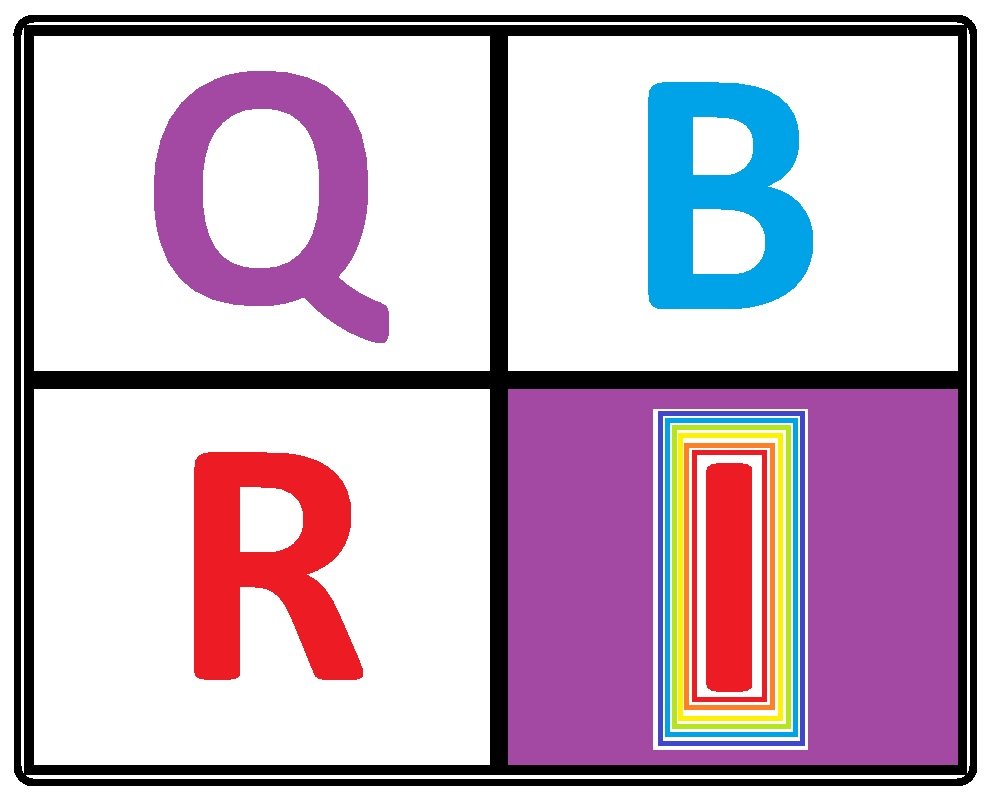Gravity and the inverse square law
Gravity is measured from the centre of the atom to the position of the centre of the electron or positron in the SUSY inversion model for single atoms housed in aromatic rings. Because only one atom is present in this faraday cage system (a quantum isolated environment), it enables the photons to be studied in a way that identifies the atomic singularity 1/c^2.
Rearrangement of Einstein’s equation E = mc^2 to m = E/c^2 provides a relationship between r = c in the following formula and the magnetic field generated contains the photons within the confines of the distances v and c. The average between these provides
Sqrt v + Sqrt c = 72000 and half of this is 36,000. These numbers are pivotal in understanding the expansionary inflationary model that SUSY inversion provides which is counter to the attractive force of gravity and the inward trajectory of initial square root speed of alpha particle emission or 54,686 m/s. The square root of c is 17314 m/s. The predicted Hubble constant in the SUSY inversion model is 72,000 m/s/Mpc.
As the initial diameter of the He-BEC singularity is c^2. The model for gravity fits that r^2 = c^2.
This allows one to understand why the speed of light is used for the determination of mass energy equivalence.
The centre of the electron contains a singularity which is at 1/c^2 = 1.11265E-17 m, which is bigger that 4E-18 m (the diameter of the electron). The difference between these two numbers is 7.13E-18 and this is similar to alpha 0.007297353 but varies by a factor of 1E-15 which approximates 4E-14 (the original distance between the fundamental particles in the He-BEC singularity and the ratio of 0.1002 obtained by c / v.
Gravity at the singularity

Things fall to the ground. Einstein said space and time are able to be warped. My approach is a little bit different. I am not stuck with light having only one speed 299792458 m/s.
Big G 6.77 E-11 N m^2 kg^-2
-

Inward trajectory
Gravity is an implosive force. It is equal and opposite to the alpha particle emission from the He-BEC singularity. The speed of gravity in SUSY inversion is the square root of v corresponding to 54,686 meters /second.
-

The singularity within the atom inverts G
The gravitational force within the gluon field between quarks is strong. This inverse square law approach provides context for inverting both G and Ke to enable the behaviour of the Strong force to decrease in strength the closer quarks are together and the Stong force increases the further quarks move apart.
-

Atomic Weak Force
The gravitational force is incredibly weak on cosmological scales. The inverse of the gravitational force makes it strong on the gluon scale. The Weak force is the only force that cares about atomic spin of electrons and positrons along with quarks. The integration of the four forces into the singularity is the pathway to create the unified field theory. #UFT
Inversion of gravity
The singularity is closest to the gluon field and therefore the strength of interaction between gluons and the gravitational field is strong.
Under these conditions the gravitational force inverts to 1.48E+10 N^-1 m^-2 kg^2
This provides an explanation for the unusual properties of the gluons becoming less strong as the quarks get closer together and becoming stronger as the quarks get further apart.
This does not follow the typical inverse square law relationships but the inverse of that relationship. That is due to the singularity within the atom functioning as the point of mirrored symmetry. Moving away from the singularity decreases the mass of the particle and there is a linear relationship between proximity and mass.
Time also changes due to the proximity to the singularity. The Tau particle half-life is 10^-13 seconds, and the muon half-life is 10^-6 seconds. The heavier particles are closer to the atomic singularity within the atom and therefore their half-life and decay relates to acceleration away from the singularity during the decay event.
The gluon field is not involved in atomic decay of beta plus and beta minus. Only the W Boson decay mechanism and Weak force which interacts between the orbital electron and positron and Meson field, a bubble around the gluon field) is exchanged through the singularity during the decay process.
The forces responsible for driving this decay event amount to the imbalance of neutron and proton numbers and their imbalanced charge states. The geometry needs to be aligned appropriately to enable quark flipping and the exchange between the electrons and meson field and the positron and meson field. Only by travelling through the singularity can the exchange occur where the charge inverts in the decay process. The conservation of momentum generates the neutrino or antineutrino respectively in the case of beta plus and beta minus decay events.


